Pest infestations can thrive in any building material, from timber to masonry, in areas hidden to the human eye. PBRS uses the latest detection equipment as standard tools at no extra cost to our Clients to help you make the right investment decision.
- Thermal Imaging Camera
- Borescope
- Moisture Meter
- Sounding/Tapper Tool
Thermal Imaging Camera
Thermal Imaging Cameras operate on the infrared spectrum. These cameras detect inconsistent wall temperatures; possibly indicating termite activity, water leaks, heat loss or gain etc.
Thermal imaging of walls, ceilings, and other structural components within a building is known as Non-Destructive or Non-Invasive Testing. We are able to detect concealed damage caused by termites, rot and other pests. We can also find water leaks and their source, electrical faults and more.
The analysis of such thermal imaging enables us to report on the structural integrity of buildings as seen in the infrared spectrum.
Infrared thermal imaging detects heat patterns that are emitted by objects. Termites and wall framing emit heat and when irregular heat patterns are detected we are able to view these changes with varying colour pallets. Pest Controllers are then able to be called in to treat the exact problem sites for quick and affective eradication.
Structural issues can be located in concealed areas:
- Integrity of structural members
- Dimension of structural members
- Structural tie downs
- Bracing walls and nailing
- Penetrating moisture points
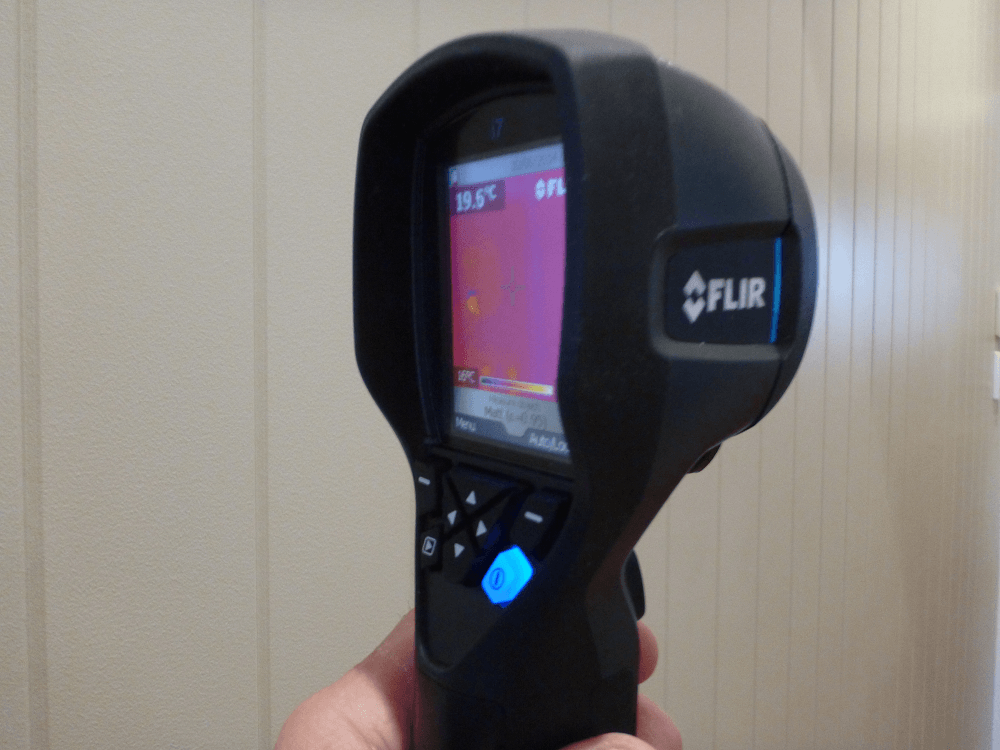
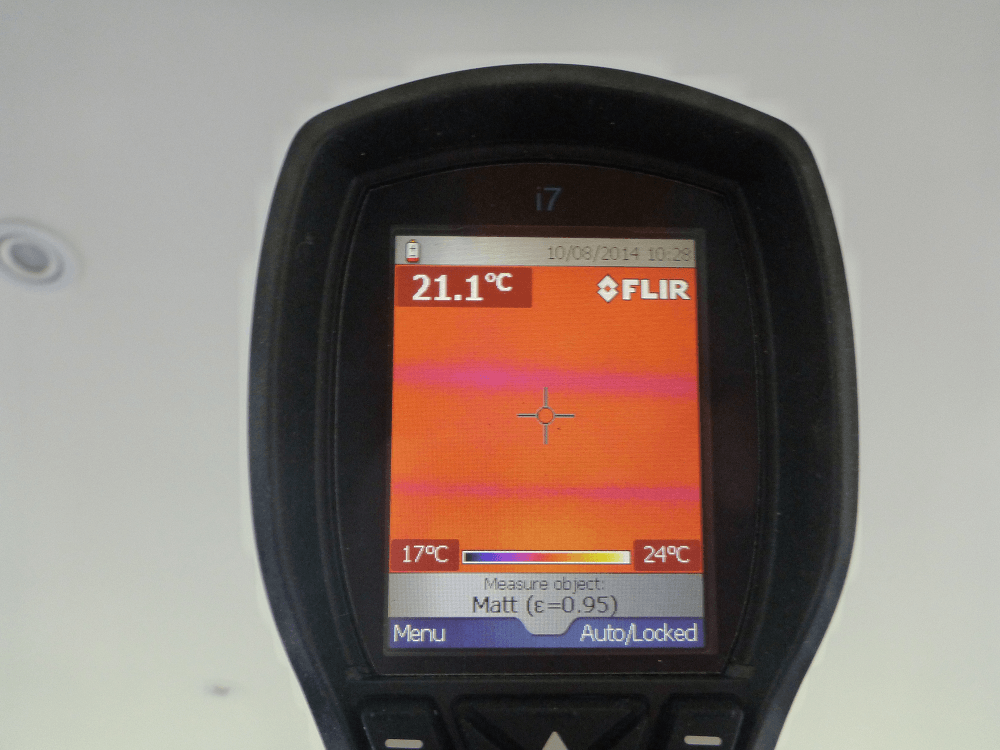
Thermal imaging can assist the Inspection process for discovery of subterranean termites in and out of buildings, trees, and other inaccessible areas. The thermal images give visible proof of termite infestation and will indicate the extent of the problem. Our system is endorsed by the U.S.A Department of Agriculture as “the most effective method used in detecting termites”.
Borescopes
Borescopes are another tool that can be used to assist in Visual Only Inspection work where the area to be Inspected is inaccessible by other means. Similar devices for use inside the human body are referred to as Endoscopes. Borescopes are mostly used in non-destructive or non-invasive testing techniques for recognizing defects or imperfections that would otherwise be unknown due to Reasonable Access issues.
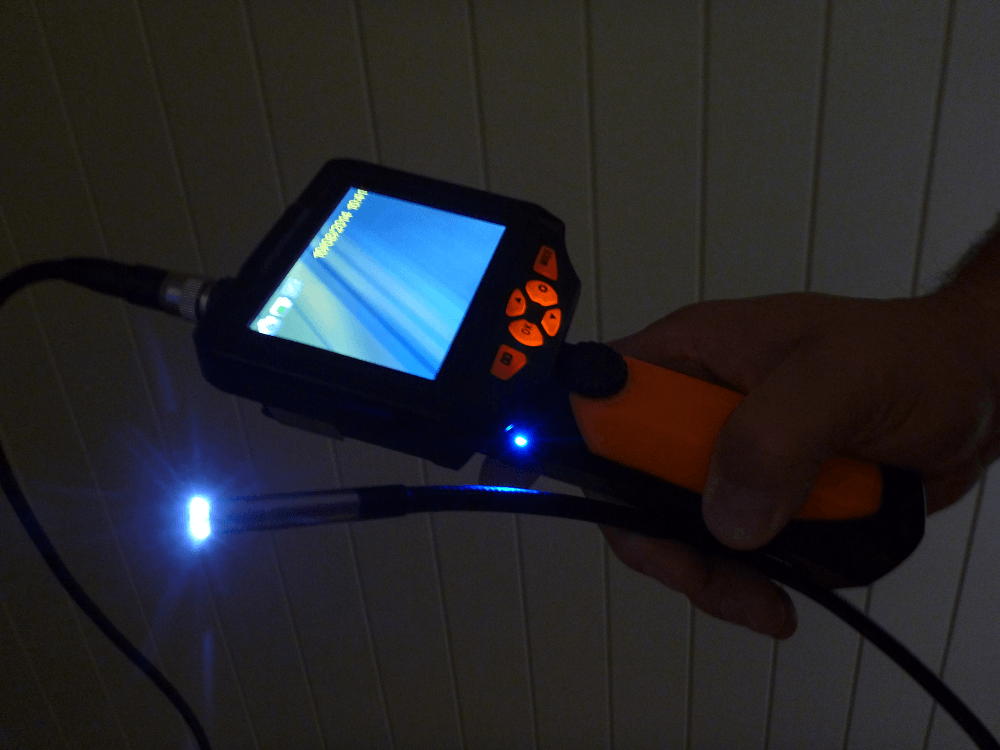
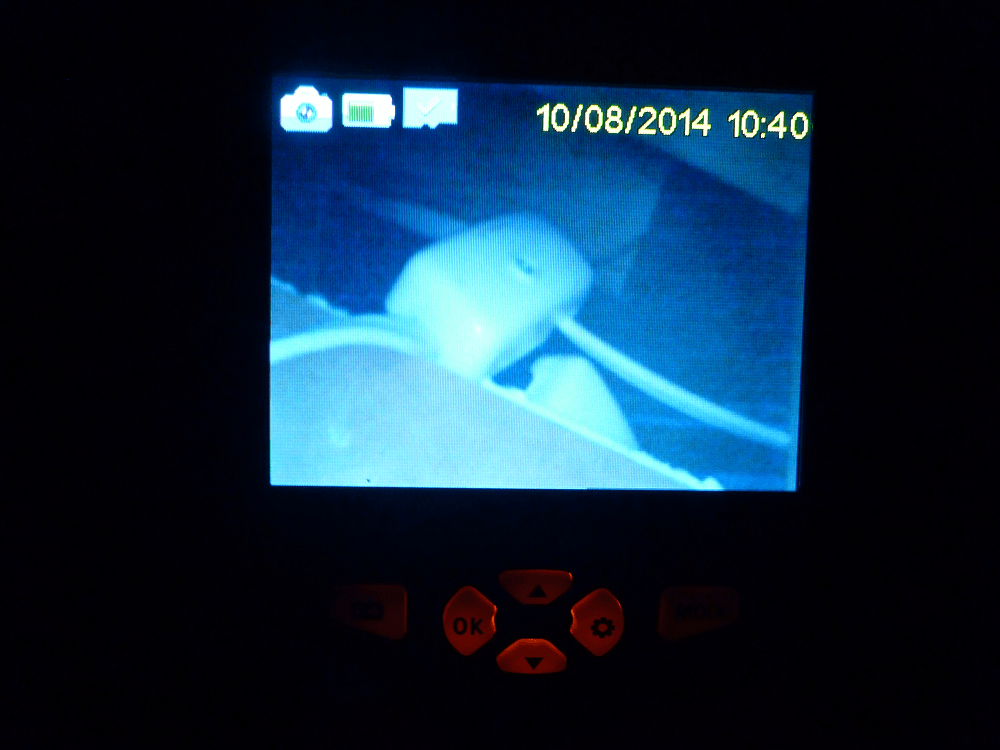
A Borescope would be used if the moisture meter is not conclusive and under normal Inspection Guidelines,
If requested by the Client to further investigate with an Invasive Special Purpose Inspection, we would drill a small hole in the wall and insert the Borescope to get a better look at what is going on within your walls. This process can be used to determine if there is current activity or to get a better picture of how much damage termites have done to your structure. It’s a great chance to get a look at the termites without having to disturb them.
PBRS uses a Borescope with an inbuilt camera. Images can be taken of possible Pest Infestations and other Issues.
Moisture Meters
PBRS use a Non-Invasive Moisture Meter to check for moisture levels in walls. The Moisture Meter does not require pointed probes to penetrate sheeting being tested for moisture.
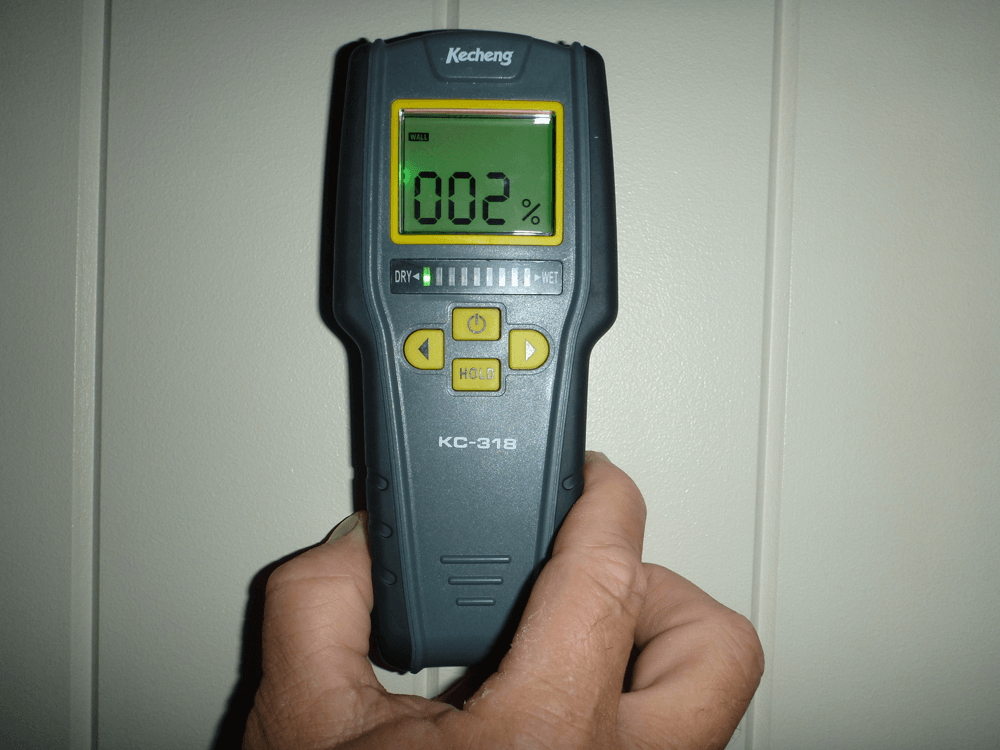
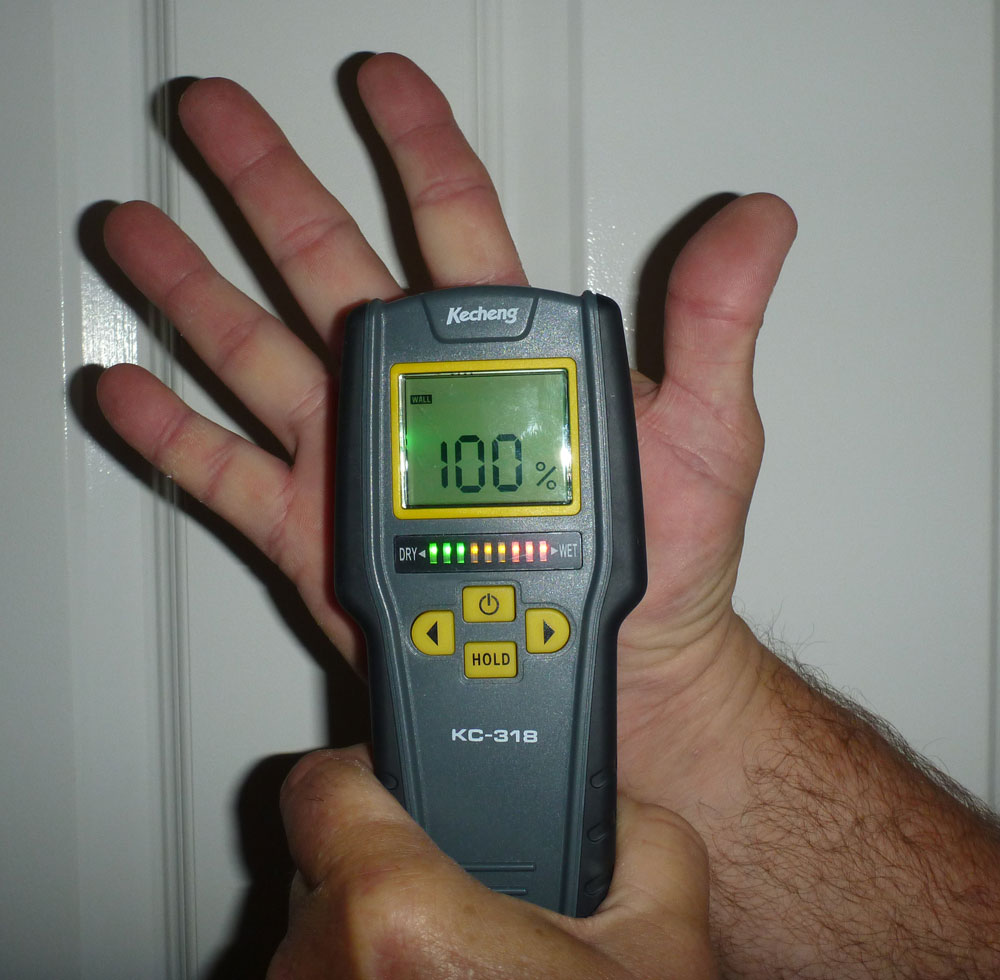
A moisture meter is used to detect increased moisture levels in the shelter tubes hidden behind walls, as well as high moisture conditions that encourage subterranean termite infestations.
- Measure differential moisture levels in building walls without any need for physical penetration and damage.
- Identify potential termite risk areas by the concentrated presence of moisture.
- Easily and accurately identify the difference in moisture levels on most surfaces, including wood, drywall, roofing, plaster, brick, concrete, etc.
- Specially designed padding ensures no marks occur on the tested surface areas when scanning for moisture.
Termites must live and work in very high humidity and so we find that the use of a Moisture Meter in various situations is helpful.
Remember, a Moisture Meter will not find termites, it will find areas of high moisture content. Termites may bring moisture into the wood, so that is why it is an essential tool to employ when carrying out a termite inspection.
PBRS use a Moisture meter in all our Pre-Purchase Building Inspection and Pre-Purchase Pest Inspection services. This allows us to make an informed recommendation for possible further Invasive Investigation.
Sounder/Tapper Tool

A Sounder/Tapper Tool is one of the most simple, but useful pieces of equipment used in your Building or Pest Inspections. It is run along the skirting bards and any exposed timber and the Inspector is able to hear a change in tone that may alert him to possible signs of timber damage.
Application
Finding Termites the Smart Way
PBRS’s core business is Building & Pest Inspections for both home buyers and home owners.
Typically within the Inspection Industry, Inspections are restricted to basic Visual Techniques and unfortunately both buyers and owners have only been able to rely on these Visual Inspections. Hidden abnormalities including termites and moisture inside walls, ceiling, floor cavities and inaccessible areas can go undetected.
As PBRS use Thermal Imaging Cameras, Borescopes, Moisture Meters and Sounder/Tapper Tools as a standard Inspection Process, we are able to offer a service that improves the chance of locating Termites and other issues inside these previously inaccessible areas that are often missed by other more traditional methods.

